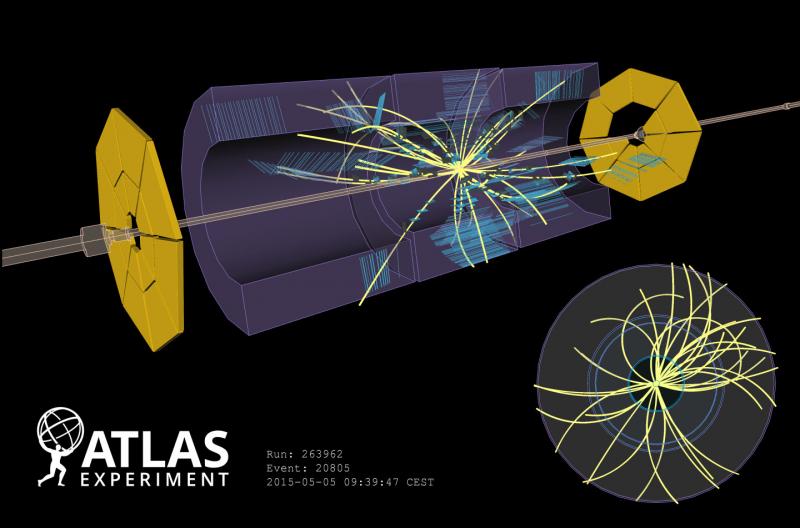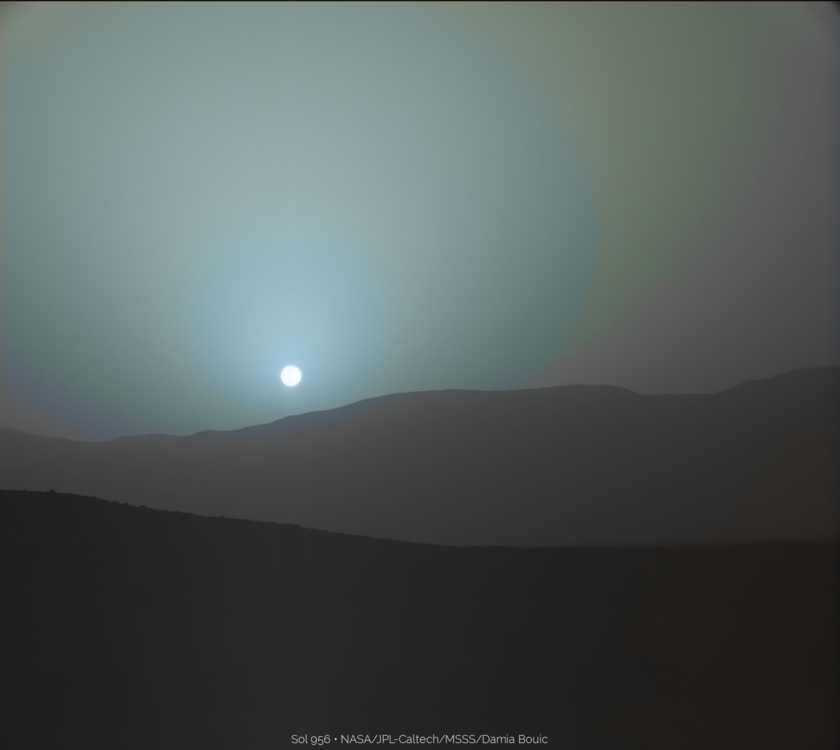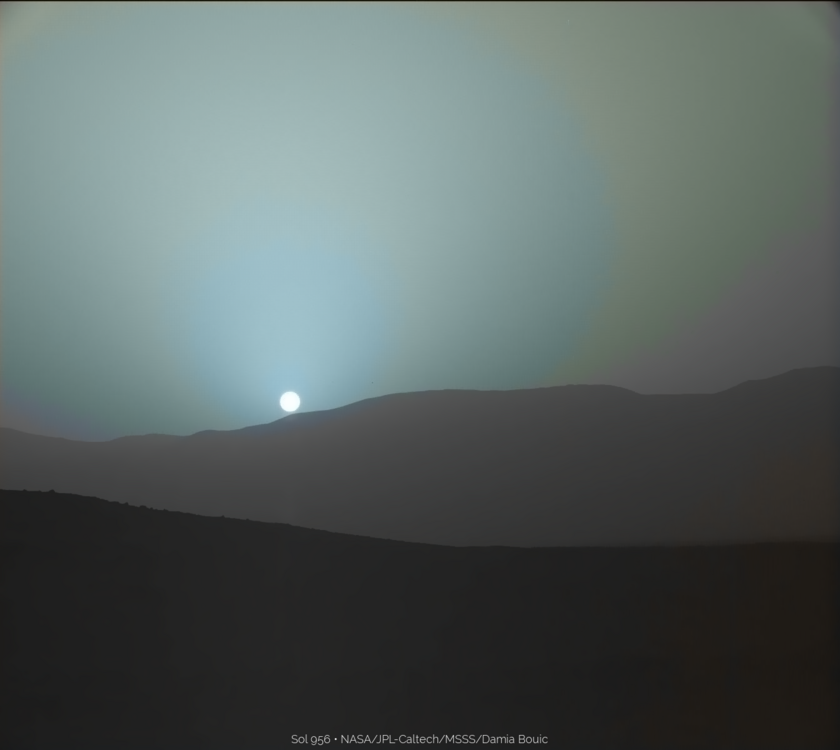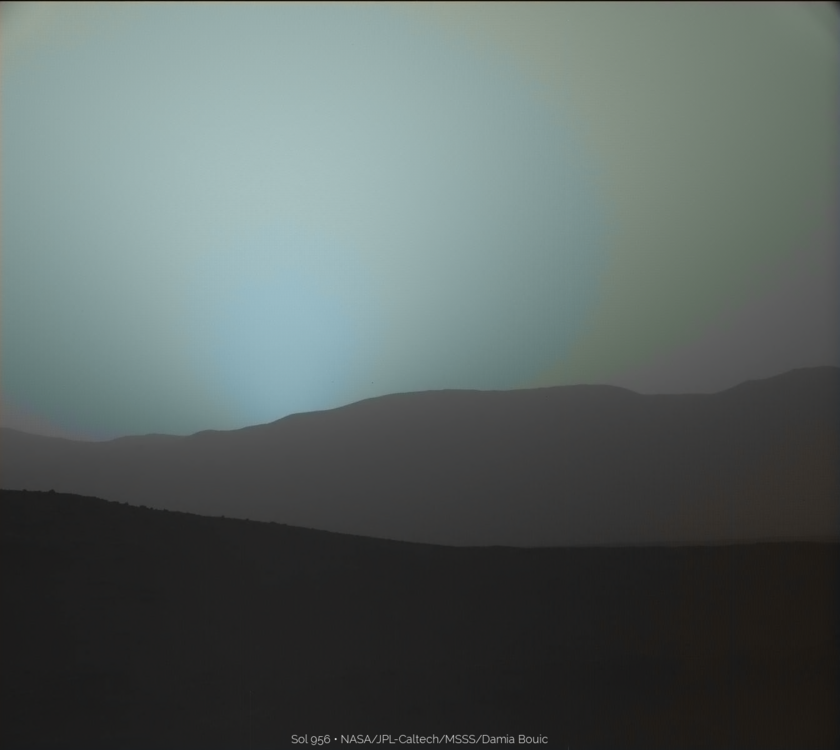Wherein I list some (mostly) recent happenings, ramble a bit, and provide links, in an order roughly determined by importance and relevance to particle physics. Views are my own. Content very definitely skewed by my own leanings and by papers getting coverage, and it may not even be correct. It is a blog after all...
It has been a busy week for me, finishing off a preprint (see below) and making slides in preparation for a trip, leaving tonight. I'll be at the PLANCK 2015 conference in Greece next week, travelling around the UK for two weeks from July 1 (giving talks on displaced Higgs decays and natural leptogenesis), attending the ICTP Summer School from June 15, and finishing up with a talk in Rome. The blog might fall rather quiet as a result (or perhaps the opposite)...
- We uploaded a preprint to the arXiv today, "Natural leptogenesis and neutrino masses with two Higgs doublets."
The Type I see-saw model is the most straight-forward way to extend the standard model to incorporate neutrino masses. In the model, the neutrino masses are suppressed by the inverse of the possibly very large mass scale of the right-handed neutrinos, $m_\nu \propto v^2/M_N$. As well, Type I see-saw can explain the baryon asymmetry of the universe (BAU) via the out-of-equilibrium decays of the lightest right-handed neutrino $N_1$; this is dubbed hierarchical thermal leptogenesis. It only works if the well-known Davidson-Ibarra bound is satisfed,$$M_{N_1}\gtrsim 5\times 10^8\text{ GeV}.$$
In 1997, Vissani pointed out that the newly measured neutrino mass scale implies a naturalness problem when the right-handed neutrino masses are $\gtrsim 10^7$ GeV. In such a case the quantum corrections to the Higgs mass (~100 GeV) are greater than 1 TeV. This can be thought of as a fine-tuning in a mass parameter at a very large energy in order to reproduce the observed Higgs mass at a low energy. It is possible that nature is just fine-tuned in this way, but it is at least aesthetically unappealing from the theoretical point of view, and the quest for models which are not fine-tuned in this way (i.e. natural) has motivated much of modern high-energy physics (c.f. SUSY). Over the new year we worked on checking whether there were any holes in Vissani's rough bound in the full three-flavour Type I see-saw model. Our conclusion: nope. The minimal Type I see-saw model suffers a naturalness problem when$$M_{N_1}\gtrsim 4\times 10^7\text{ GeV},$$obviously encompassing the region where hierarchical thermal leptogenesis is possible.
In this new preprint we make the observation that in an imaginary world where the Higgs VEV is less than 30 GeV (instead of 246 GeV), there is no longer a conflict between the Davidson-Ibarra and Vissani bounds! Of course we do not have the freedom to change the Higgs VEV, but we can think about models containing a second Higgs doublet with such a property, and imagine that this second Higgs doublet is the one involved in the see-saw and thermal leptogenesis. Such models are an extension of two-Higgs-doublet models (2HDMs) with right-handed neutrinos: $\nu$2HDMs.
It turns out that naturalness concerns force such models into a corner of parameter space that naturally accommodates a SM-like Higgs, predicts extra scalar states that can't be too much heavier than the TeV-scale, and a lightest right-handed neutrino with mass $10^3\text{ GeV}\lesssim M_{N_1} \lesssim 10^8\text{GeV}$ in order to reproduce the BAU.
For 2HDM aficionados, it turns out that all the 2HDM Types have viable parameter space. Type II/Flipped are most constrained, with $100\gtrsim \tan\beta \gtrsim 5$ necessary if the model is to remain perturbative up to the right-handed neutrino mass scale. Other Types can work up to $\tan\beta\approx 700$ (such a large $\tan\beta$ is kept natural by an "almost-symmetry"). The inert doublet model, giving masses to neutrinos radiatively (Ma's scotogenic model), also has a region of viable parameter space.
Below are the "money plots" from the paper. As you can see, the models are well-constrained from all sides by separate considerations, and in fact B physics is indirectly excluding models with $M_{N_1}\sim 10^7\text{ GeV}$ for Type II/Flipped $\nu$2HDMs.
- There was a story on the Stawell Underground Physics Laboratory project getting underway here in Australia (see last week) in the Unimelb magazine.
- It has been great to see the #girlswithtoys hashtag trending over the past week on twitter. Here is a story from Kate Clancy, who started the hashtag in response to a sexist comment made by a scientist in a radio interview last week.
- Some hubbub on the 5154 author joint ATLAS/CMS Higgs mass paper published in PRL this week.
- I didn't stumble across a space image this week, but here is the Oracle of Dodona; those attending PLANCK will have the pleasure of visiting!























